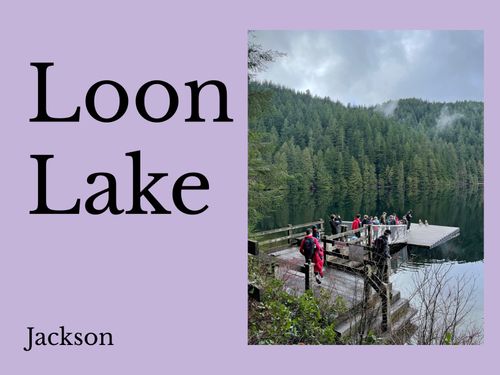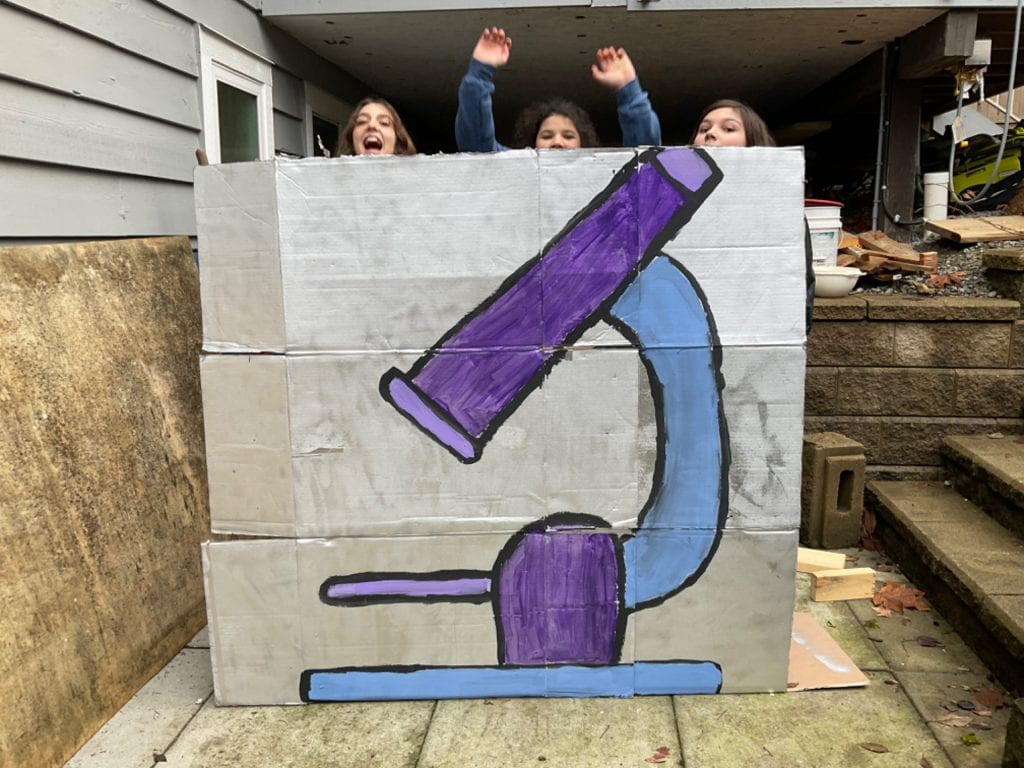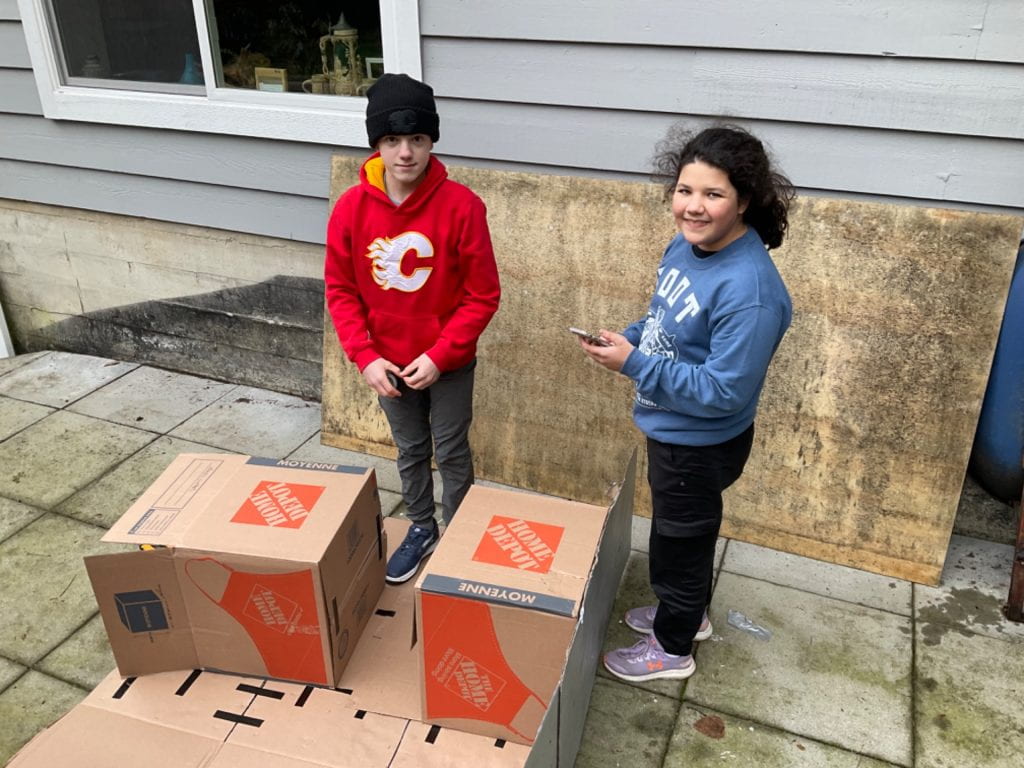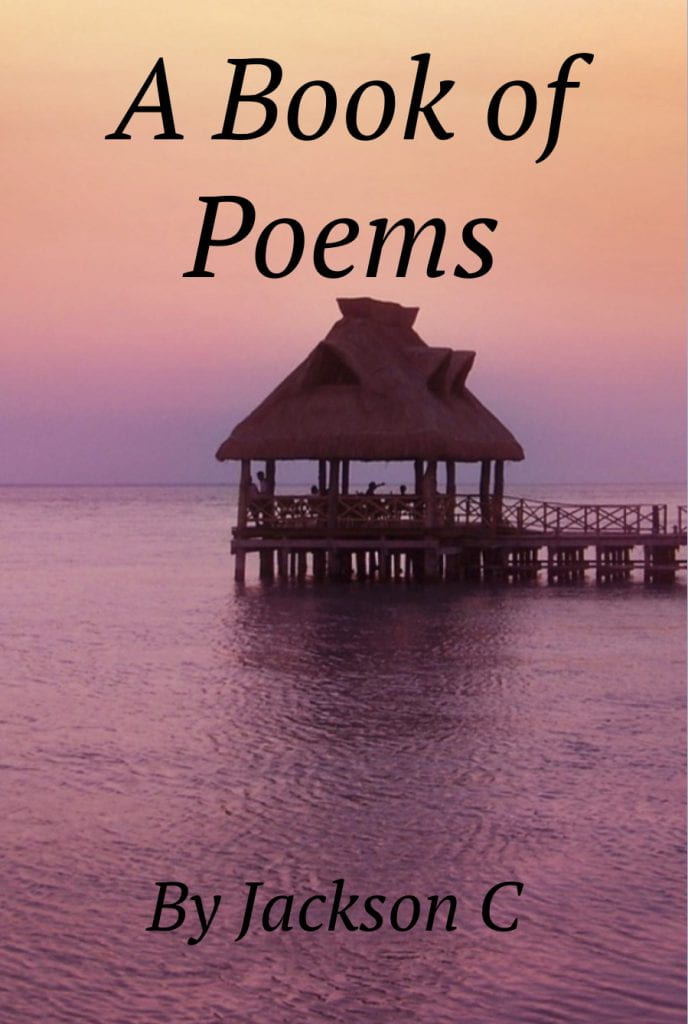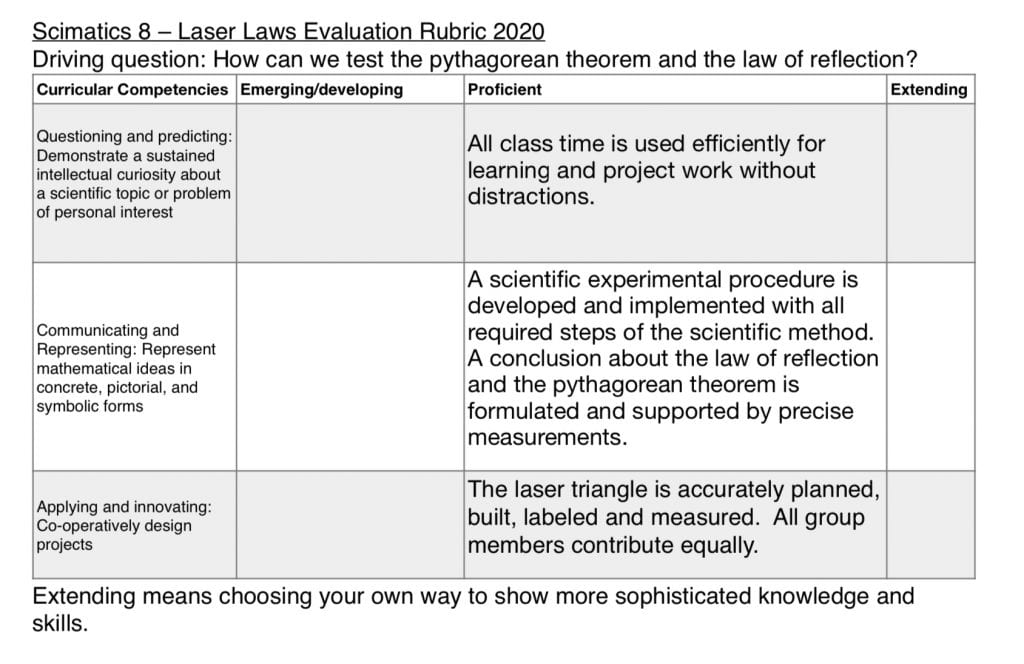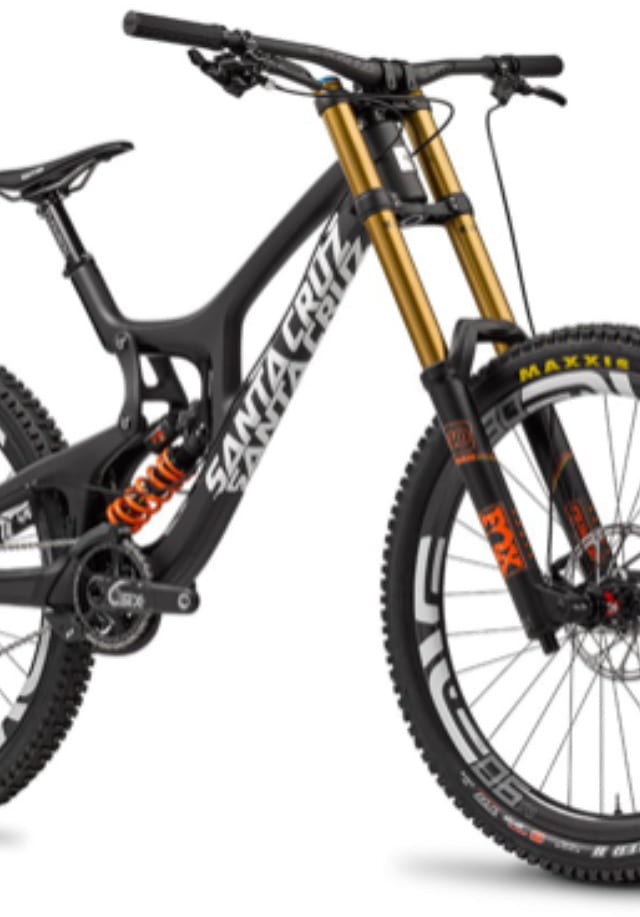
Hi and welcome to my mPOL. Before I even get started, I’d like to make the mPOL declaration. “Thank you for coming to my presentation of learning. I am the expert on my own learning. I am also responsible and accountable for my own learning. You can expect me to give an honest evaluation of my progress. We will discuss my strengths and opportunities for growth. Thank you in advance for listening and for offering feedback that I can use to improve as a learner.” Now that I’m done with that, lets get into the mPOL. In this first semester, I have changed and grown a lot as a learner. Because of my PLP classes, Scimatics, Humanities, and Maker, I have learned new ways to learn.
The driving questions for this mPOL are “How have I demonstrated growth as a learner so far this year?” And “How can I sharpen my Learning Plan to ensure I will reach my learning targets by the end of this school year?” I’m going to be using past projects and my learning plan to show how I’m doing now and what I want to work on in the second part of the year.
Learning Plan
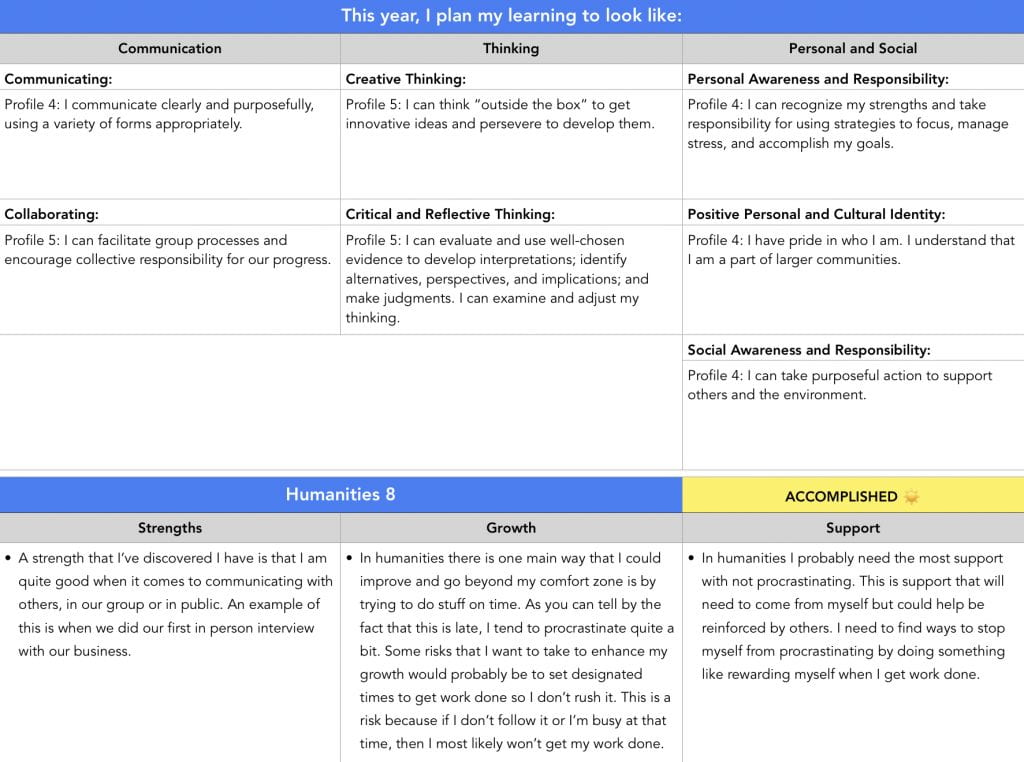

Some of the things that I put in my learning plan are different to what I am doing now. One of the things that is different is a bunch of the Scimatics stuff. I actually feel that I have followed my learning plan, at least with the growth section. I found that with the more recent work and project we’ve been doing, I’ve really been working on the science portion as well as the math. This was a big thing for me because I found that when I put more work into the part that I have a bit more trouble with, I have some results that were a lot better then before. I actually would have added this in my strength section now. For the other subjects, I feel that, for the most part, it is pretty accurate for me right now.
One thing that I want to work on with my learning plan to reach some of these targets is to really work hard on building the habits that I talked about. The ones that I think are the most important are the ones where I talk about having set time for work and working on things that aren’t due for a while. I’ve for sure gotten a lot better with these things, but I still find myself getting distracted. I really need to start taking these work times a lot more seriously so I don’t end up doing all the work at the last minute. If I do these things, then I think that the outcome will be work that is done a lot better and that I’m a lot happier with.
Maker
The first thing that demonstrated my learning growth was actually the first project that we did this year. This project was the Me as a PLP Learner project. The reason that this demonstrated my growth as a learner is because, going into this, I knew almost nothing about PLP and the way that I would be learning. In this project I learned how to properly use apps like basecamp and showbie. I also learned things like why it really is important to apply what you are learning to the real world and why it’s important to reflect on your work. The reason that it’s important to reflect on your work is because, if you don’t reflect, the work wont stick with you and you wont really learn because, as we learn in PLP, you don’t learn from experience, you learn from reflecting on experience. Another big reason that this showed my growth as a learner is because of my Big Life Journal. My BLJ made my think about who I am and where I want to be. This really got me Thai king about the work that I have to put in to get there and it motivated me to work harder then what I was before.

The other Maker project that I’m going to talk about is the Constructing Creative Communication project. In this project I learned about a lot more amazing tools and apps that I have access to. I also learned that there are many different ways that I can express myself and my learning. The reason that this demonstrated my growth as a learner is because, going into this project, I would sometimes have trouble expressing my work and this project really helped show me some ways to do that. The reason that this is important is because, if the work I do is more fun and memorable then it will stick with me a lot better.
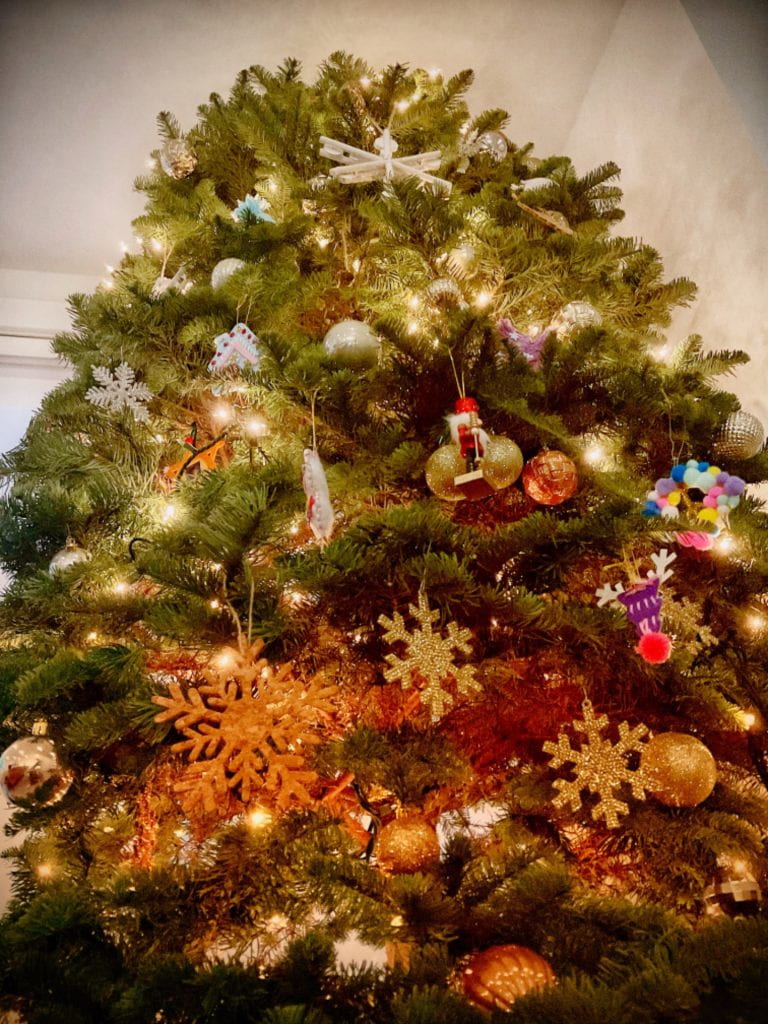

Humanities
The humanities project that I’m going to talk about is the medium is the message project. This was the project where we worked with local businesses to create advertisements for them. This demonstrated my learning growth in a number of ways. The first way is that I started learning why it is important to revise your work. I learned that the client, your team, the teachers, and even you wont always be happy with the work you did so you have to learn to take constructive criticism to improve it.

Scimatics
The scimatics project that I had the most learning growth with was the laser laws project. This was the most recent project we did in scimatics. In this project we learned about the Pythagorean theorem and the law of reflection and how we can use them. For the end product we made a big laser display to prove the Pythagorean theorem and the law of reflection. This showed my growth as a learner because I found that, with this project, I actually learned a lot that I didn’t know about science and math. Normally, when I go into a new project or subject, I have at least some idea of what I’m doing from past things, but I had absolutely zero idea what anything was. By the end of the project, I knew how to do these things easily. I think this really showed my learning growth and it had some really cool outcomes.
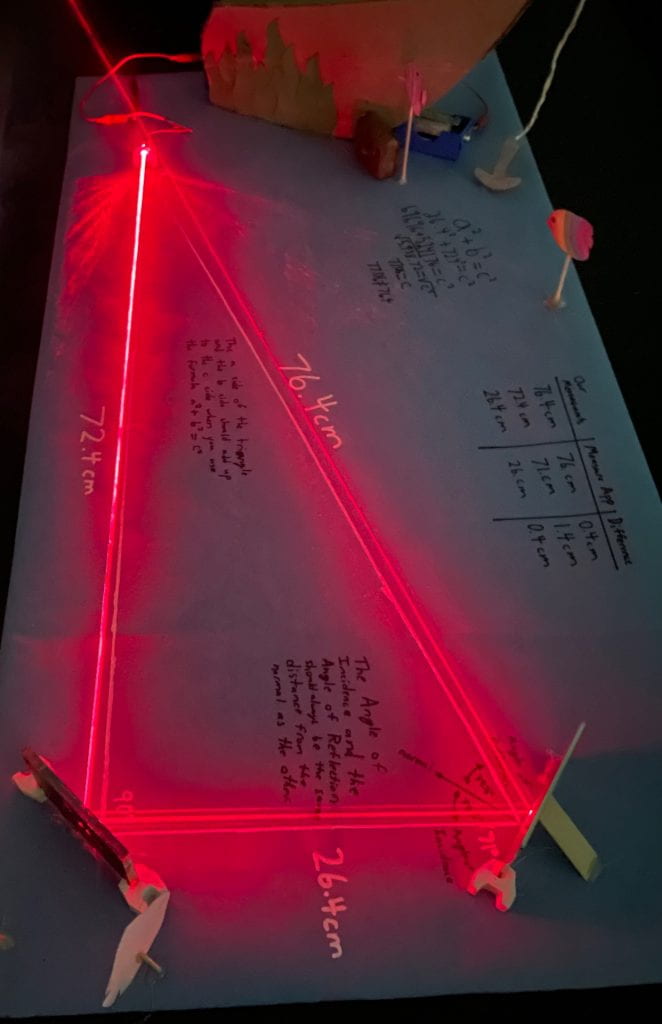
In the end, I think that I have grown a lot with my learning. I think that the examples that I’ve given, with my different subjects, has shown that I have really changed since the start of the year, and that I’m still changing and growing with my learning. I think that since the start of the year I’ve really improved even with things like my teamwork, my responsibility with my work, and the way that I revise/look back on my work. I think that to sharpen my learning plan I would have to do a lot more work having specific times to get work done and what work I’m doing in that time.





